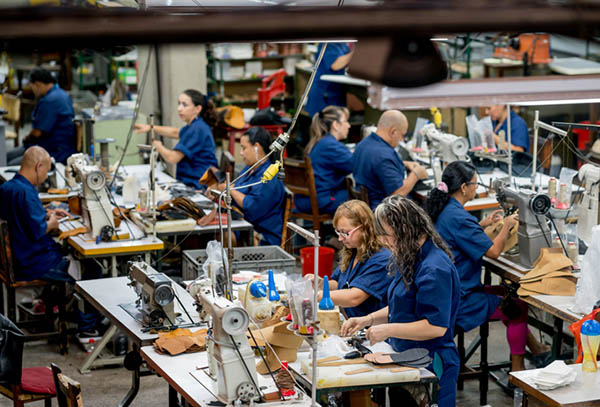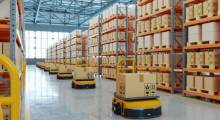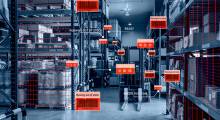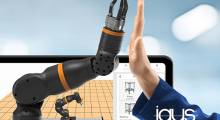With rapid technological advancements, the manufacturing sector has been whirling with excitement about transforming factories into automated facilities capable of ramping up production at record speed with minimal labor. These factories of the future are intended to function using predictive maintenance, and they could ensure quality with real-time, closed-feedback loops. Human errors and turnover rates will no longer be a concern.
Yet I am thinking twice before rushing to automate my facility in Reynosa, Mexico. I am cautious about the transition to Industry 4.0 for the following reasons.
Reason 1: Justifying capital investment in a low-wage country
Given that Mexico is a low-cost option for many U.S. and global manufacturers, it is important to consider how automation impacts our base costs. Often, the high capital investments required by robotics cannot be justified by the low cost of the labor it is replacing.
For instance, a company could purchase a new piece of equipment costing $1 million to replace the work of four operators earning $7,000 each or $28,000 in total. Staying with the manual option would reflect a cost savings of $72,000 per year, whereas the capital costs would be written down over 10 years. In an environment where those operators earn $40,000 each, the math is very different.
From this simple example, it is evident that automation may not be as easy a decision as some may think. This is especially true when additional costs related to automation—such as the hiring of additional engineers for programming and maintenance—have yet to be included.
Given the high cost of capital investment, it is hard to justify automation in a low-wage country such as Mexico or many parts of Asia or Eastern Europe. If automation is part of a longer-term strategy, it is important to consider the significant sunk costs and its effect on short-term production costs.
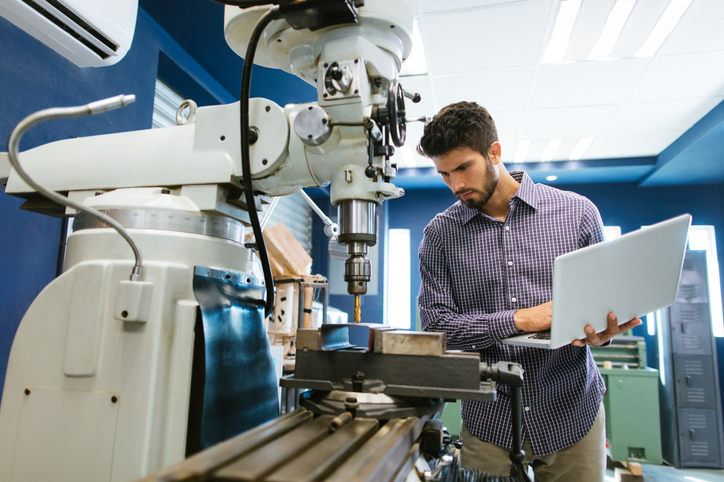
Reason 2: Low-volume, short lifecycle products
If you are producing a complex product with a long lifecycle in high volume, automation makes perfect sense. The high initial investment costs will be justified in the long run as they are depreciated over time.
However, if you are producing a product with a short lifecycle and/or in low volume, the high cost of retooling and/or capital investment is harder to justify. The significant upfront cost of the equipment cannot fully depreciate within the short term.
As such, any capital investment should take into account its usability in the long run and its compatibility with your production process. In short, automation needs to be as adaptable as the factory in which it operates and as the operators it is seeking to displace.
As hinted previously, automation requires long-term stability of the production process for the best return of investment. Automation will struggle to accommodate seasonal changes in demand, since the depreciation costs of machines is fixed.
Labor, on the other hand, can be quite flexibly adjusted according to demand. For instance, manual labor is more financially justifiable than fully automated processes for project-based production runs. This is especially true for research and development trials, which are usually low in volume and likely to require regular machine retooling.
In other words, it is important to identify whether or not automation is the right choice for your business depending on your operational needs.
Reason 3: Innovation versus automation
Finally, automation can sometimes impede those small incremental improvements, or kaizens, that operators can see and tweak on the fly. This is because there are much larger setup costs with many robots, and modifications can be very expensive.
Conversely, a semi-automated approach for the facility like the one I supervise in Mexico, a low-cost country, can facilitate innovation rather than impede it. Light adaptable automation such as collaborative robots can assist in production processes, increasing product quality while maintaining the flexibility needed for innovative changes by operators.
It is important to consider the restraints to innovation that more expensive heavier automation can create.
My take on automation
Technological advancements have allowed for manufacturing automation that has undoubtedly been an industry-changing development. Take the SMT [surface-mount technology] line, which has become more and more automated, delivering improved performance and consistent quality, all with less and less operator input.
However, we should carefully consider if full automation is appropriate for the entire business. So, how much equipment should we include in our production process, and when is the optimal time for such investments for any business?
I would also say that quality does not come from automation. Quality comes from well-designed products that have design for manufacturing (DfM) baked in. Quality comes from a desire to produce the best product every day and a culture where every operator inspects at every stage, taking pride in their work and ensuring the best outcome.
Given the plethora of automation options available, we must carefully choose the right option that suits our business needs, those of the environment we operate in, and of course the needs of our customers. Automation must be applied smartly to ensure that the investment is sound for the business and our customers in the short run and the long run.
Each process is unique in its own way and each process should be assessed carefully considering the cost and benefit of manual operation, full automation, or that well thought out blend of semi-automation that helps skilled operators and us do an even better job.

About the author:
Hugo Yamada is general manager of development, engineering, and manufacturing firm Season Group in Reynosa, Mexico. He was recently an expert panelist on the “Made in Mexico” podcast.
Article topics
Email Sign Up

